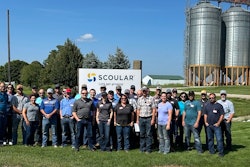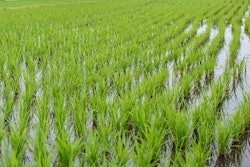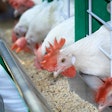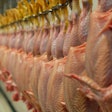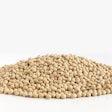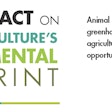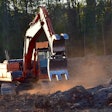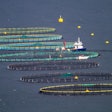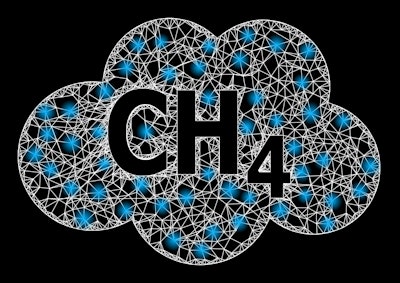
The feed industry has been working for years on ways tolower methane emissions from cattle through the use of feed additives, and it has seen some promising results. But can selective breeding also be a way to decrease the amount of methane produced by cattle?
Genetics companySemexsays it has introduced a genetic solution that can reduce methane emissions from cattle 20% to 30% by 2050. It says genetic selection “gives dairies a clear-cut genetic solution and a faster conversion to a lower-methane herd.”
Researchers from the University of Guelph and the University of Alberta examined methane-emission data from the Holstein Friesian breed of cattle on about 60% of all Canada’s dairy farms. The data was then compared with the animals’ genetic data and milk samples.
Selecting for the low-methane-emitting trait could result in lower emissions for each successive generation, according toChristine Baes, professor of animal biosciences at the University of Guelphand co-researcher.
“Methane is a global enemy,” said Drew Sloan, Semex vice president corporate development, in a press release. “In fact, most developing nations are adopting laws targeting net zero greenhouse gas emissions by 2050. This new trait is a game changer.”
Semex began marketing its semen with the low-methane trait in 80 countries this year, including the U.S., Britain and Slovakia.
While expectations among dairy experts are mixed – some worry cattle that burp less could have digestive problems – the hope is that the expected outcome will be realized. Adoption of the low-methane trait could reduce emissions from Canada’s dairy herd by 1.5% per year, Semex says.
We often hear the phrase “there’s no silver bullet” when it comes to solutions for certain challenges in the livestock and poultry industries, from biosecurity to antibiotic alternatives to methane emissions reduction. This is another case where a combination of things – genetics, feed additives, nutrition, etc. – could be the answer.







